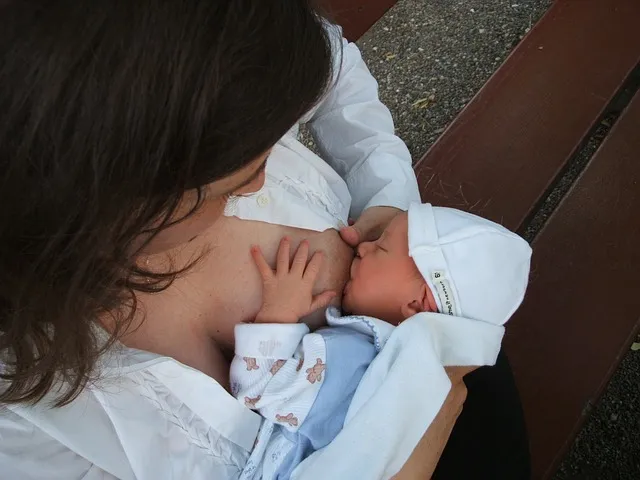The process of “starting” breastfeeding can last for several days and be accompanied by weight loss of the baby and crying. However, these temporary shortcomings should be endured for the sake of future full breastfeeding.
When breastfeeding, one of the most important indicators is the amount of milk. It depends primarily on the intensity and activity with which the baby eats. And the activity of the baby, in turn, depends on whether the baby eats correctly, so you should follow this and follow a few simple tips on breastfeeding.
One of the most important rules of breastfeeding is that the baby’s mouth should capture not only the nipple itself, but also the areola around it.
Breastfeeding – the first application
The first application of the baby to the breast is important to do immediately after childbirth or, no later than during the first day after birth.
This is important because the first application is a kind of acquaintance of the mother with the child, recognition of the existence of each other.
At the stage of formation of lactation, in the first 2-3 days after the birth of the baby, the mammary glands of the mother do not produce milk as such, but colostrum is primary milk, another in composition and fat content from more mature milk. Colostrum is extremely useful for newborn babies, because it contains a high concentration of proteins, trace elements and fat-soluble vitamins.
Due to this composition, colostrum is a powerful immunostimulant, forms the primary microflora in the intestine of the child and at the same time is extremely nutritious and well absorbed.
Colostrum is produced a little, approximately 20-30 ml per feeding, but it is produced constantly, and not in sessions, like mature milk. This is an evolutionary mechanism in order for the mother to apply the baby to the breast as often as possible in the first days after birth. Therefore, the baby irritates the nipple and accelerates the production of mature milk in sufficient quantities.
Stabilization of breastfeeding
Approximately at the end of the third day after the birth of the baby, transitional milk begins to ripen in the breast, and after 2-3 weeks the mother already begins to feed the newborn with full,mature milk.
To establish breastfeeding, so to speak, at maximum power, the baby should be applied to the breast as often as possible, even if it seems to you that the breasts are empty.
Approximately 2-3 days can continue to debug exclusively chest without harm to the health of the baby. If after 3 days there are interruptions and the baby does not eat up – it is worth using the mixture for additional feeding.

